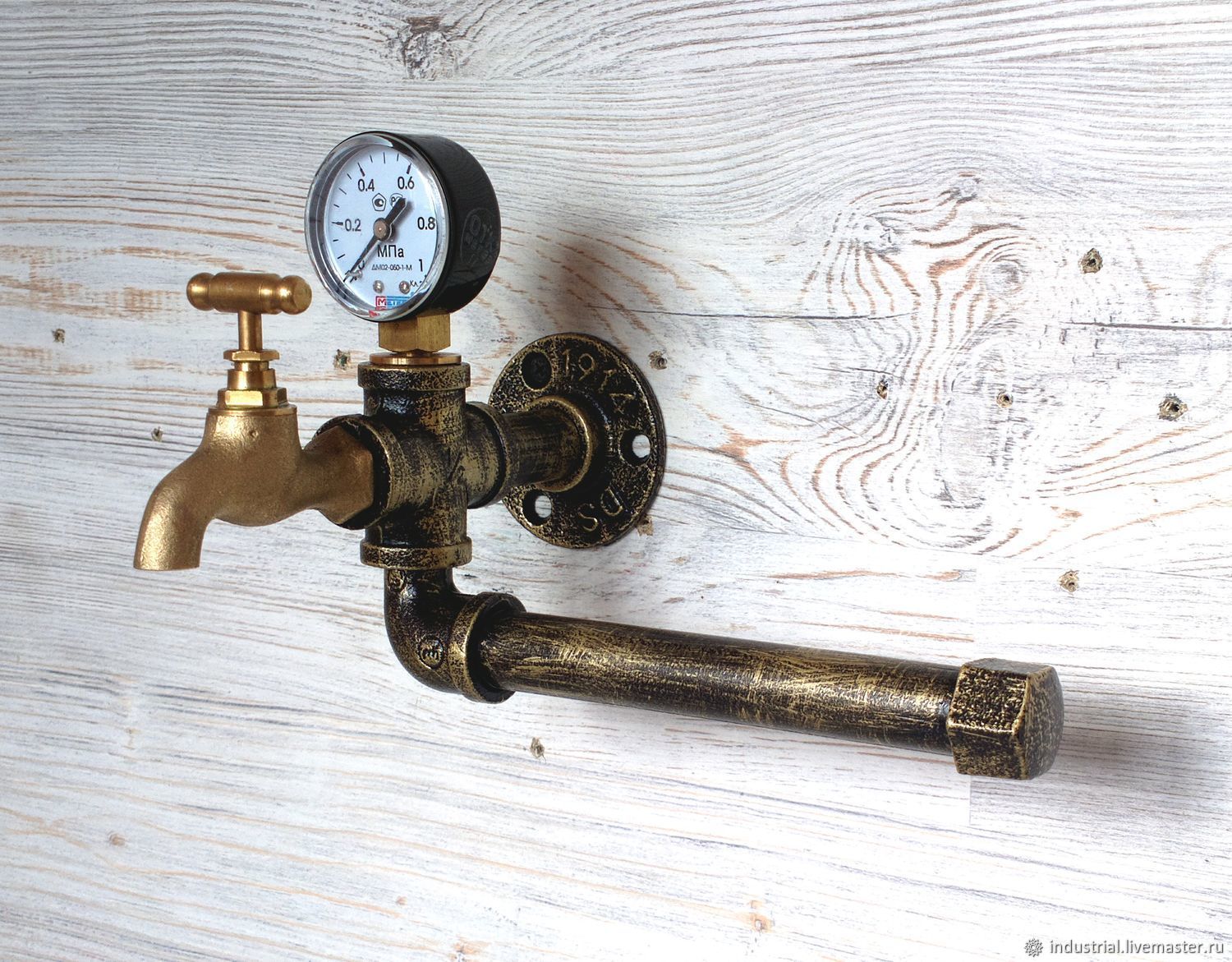When it comes to plumbing materials, cast iron has been a go-to choice for centuries. Known for its durability and reliability, cast iron plumbing has stood the test of time in many older homes and buildings. In this article, we’ll take a deep dive into the world of cast iron plumbing, exploring its history, advantages, disadvantages, maintenance requirements, and more.
History and Evolution of Cast Iron Plumbing
Cast Iron Plumbing has been used since ancient times, with evidence of its use dating back to the Roman Empire. However, it wasn’t until the 19th century that cast iron pipes became more widely used, thanks to advancements in manufacturing techniques. Today, cast iron plumbing is still found in many older homes and buildings, though it has largely been replaced by modern materials in new construction.
Advantages of Cast Iron Plumbing
One of the main advantages of cast iron plumbing is its durability. Cast iron pipes can last for decades without needing to be replaced, making them a cost-effective option in the long run. Additionally, cast iron pipes are resistant to fire and can help prevent the spread of flames in the event of a fire.
Disadvantages of Cast Iron Plumbing
Despite its durability, cast iron plumbing does have some drawbacks. One of the main disadvantages is its weight. Cast iron pipes can be heavy and difficult to install, especially in older homes where the plumbing may need to be replaced. Additionally, cast iron pipes can rust over time, leading to leaks and other issues.
Maintenance and Care of Cast Iron Plumbing
To maintain cast iron plumbing, it is important to regularly inspect the pipes for signs of corrosion or damage. Additionally, keeping the pipes clean and free of debris can help prevent clogs and other issues. If a problem does arise, it is important to address it promptly to prevent further damage to the plumbing system.
Common Issues with Cast Iron Plumbing
Some common issues with cast iron plumbing include corrosion, leaks, and clogs. These issues can be caused by a variety of factors, including age, improper installation, and damage to the pipes. It is important to address these issues promptly to prevent further damage to the plumbing system.
Upgrading from Cast Iron Plumbing
If you are considering upgrading from cast iron plumbing, there are a few options to consider. One option is to replace the cast iron pipes with modern materials, such as PVC or copper. Another option is to reline the existing cast iron pipes with a special epoxy lining, which can help extend their lifespan.
Cost of Cast Iron Plumbing
The cost of cast iron plumbing can vary depending on a variety of factors, including the size of the project and the quality of the materials used. In general, cast iron plumbing is more expensive than modern materials, such as PVC or copper. However, it is important to consider the long-term durability and reliability of cast iron plumbing when making a decision.
Environmental Impact of Cast Iron Plumbing
Cast iron plumbing has a relatively low environmental impact compared to other materials. Cast iron is a recyclable material, meaning that old pipes can be melted down and reused to make new pipes. Additionally, cast iron pipes have a long lifespan, reducing the need for frequent replacements and the associated environmental impact. The environmental impact of cast iron plumbing is primarily related to its production, use, and disposal:
Production
The production of cast iron pipes involves mining iron ore, smelting it to produce iron, and then casting the iron into pipes. This process requires significant energy and resources, contributing to carbon emissions and environmental degradation.
Use
Cast iron pipes are durable and long-lasting, which can reduce the need for frequent replacements. However, if not properly maintained, cast iron pipes can develop leaks and other issues that require repairs or replacements, leading to resource consumption and waste generation.
Disposal
When cast iron pipes reach the end of their life cycle, they are typically removed and replaced. Disposing of cast iron pipes can be challenging, as they are heavy and may contain contaminants such as rust or scale buildup. Proper disposal methods, such as recycling or proper landfilling, can help mitigate the environmental impact.
Corrosion and Leaks
Corrosion of cast iron pipes can lead to leaks, which can result in water waste and damage to the surrounding environment. Additionally, leaks can contribute to mold growth and water pollution if not addressed promptly.
Energy Efficiency
Compared to modern plumbing materials such as PVC or PEX, cast iron pipes may have higher energy requirements for production and transportation due to their weight and density.
Conclusion
Cast iron plumbing stands as a testament to enduring quality and reliability in the world of plumbing. Its rich history, marked by centuries of service, speaks volumes about its durability and longevity. While challenges like weight and rust exist, the benefits far outweigh these concerns. Cast iron’s ability to resist fire and its cost-effectiveness over time make it a compelling choice for many homeowners. Whether considering maintenance, environmental impact, or overall performance, cast iron plumbing continues to hold its own against modern alternatives. So, if you’re looking for a plumbing solution that marries strength with longevity, cast iron might just be the perfect fit for your home.
